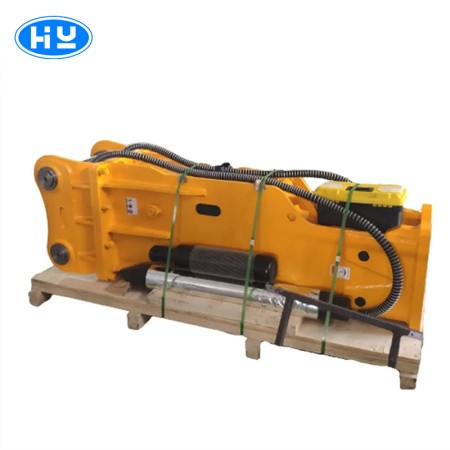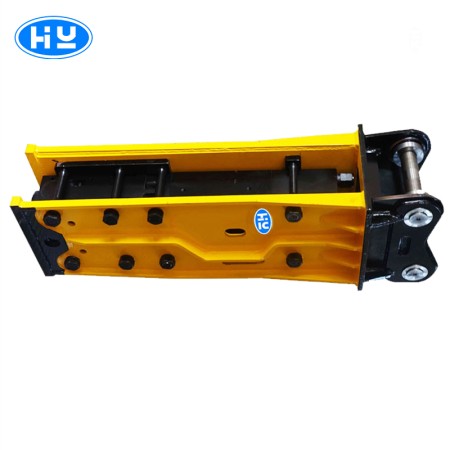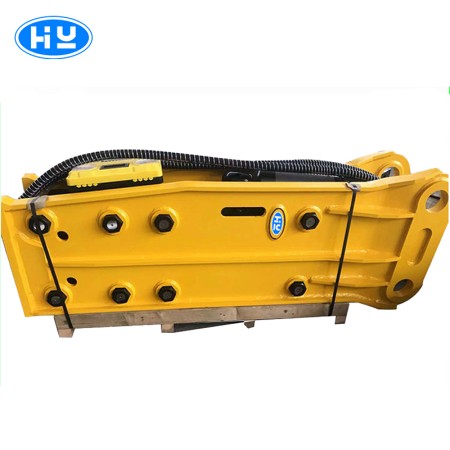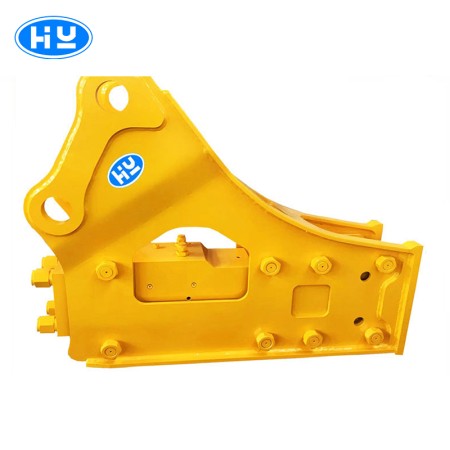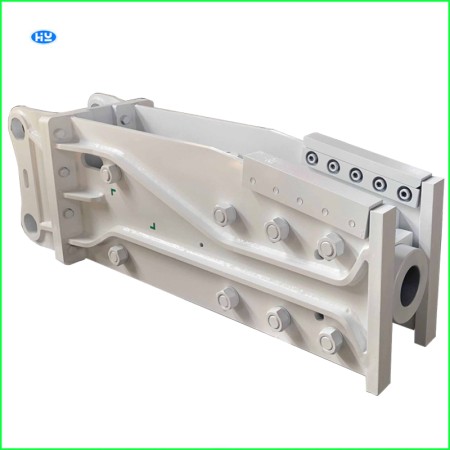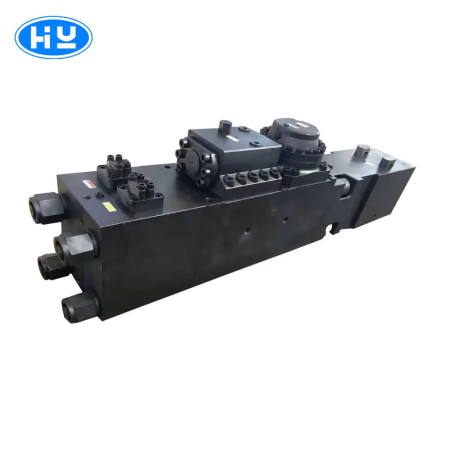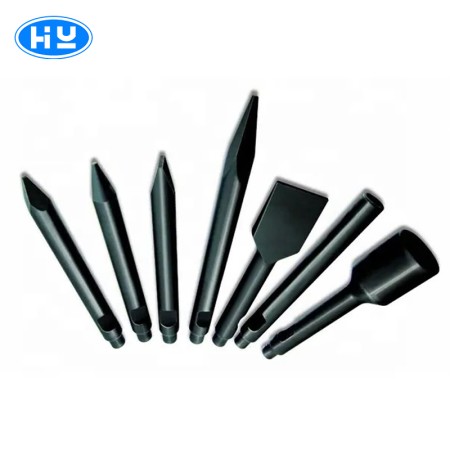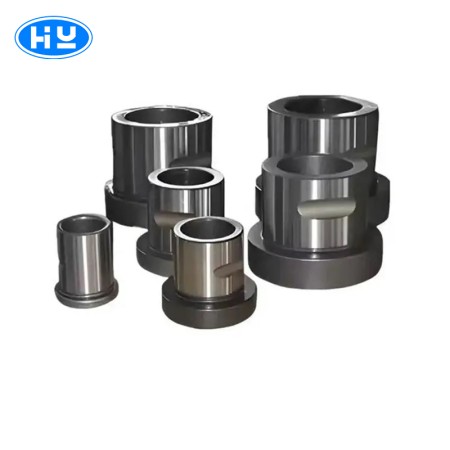Product
News
- Inside Hanyun’s Production of the SB40 Hydraulic Breaker – Precision Engineering from Raw Steel to Final Assembly
- Zhengzhou Hanyun Hydraulic Breaker — Furukawa HB30G Assembly Precision & Special Offer for Egypt Customer
- Backhoe Demolition 30 Ton Excavator Top Side Box Type Rock Hammer Hydraulic Breakers for Excavator
- Furukawa HB20G Manufactured by Hanyun: High‑Quality Hydraulic Breaker Ready for Shipment to Egypt
- Learning from Okada Hydraulic Breaker: Hanyun’s Commitment to Quality, Efficiency, and Cost‑Effective Performance
- Hanyun Hydraulic Breaker and Everdigm Breaker: Learning, Improving, and Delivering Cost‑Effective Performance
contacts
Contacts:Jacky Zhang
Phone:+8618937103255
Email:hanyunpsq@gmail.com
Address:No. 167, Xuchang Road, Shangjie District, Zhengzhou City
Knowledge
Hydraulic Breaker Parts Inspection Guide: The Key to Safe, Reliable, and Efficient Operation
In the fields of construction, mining, and demolition, the hydraulic breaker plays an essential role in heavy‑duty operations. Its stable performance directly affects work progress, efficiency, and safety. The condition of hydraulic breaker parts—such as bolts, seals, and bushings—determines whether the machine operates smoothly or suffers costly downtime. To ensure long‑term reliability, mastering correct inspection and maintenance techniques is crucial.
1. Through Bolts – The Foundation of Safety
Through bolts connect the upper and lower bodies of the hydraulic breaker, holding the entire structure together. They must withstand strong impact and vibration during operation. Before checking bolts, always release internal gas or hydraulic pressure to avoid accidental injury. Clean the bolt area thoroughly and inspect for wear, cracks, or deformation. When installing new bolts, tighten them slowly using a calibrated torque wrench, ensuring equal tension and proper torque. Bolts that are too loose or overtightened can both affect breaker safety and performance.
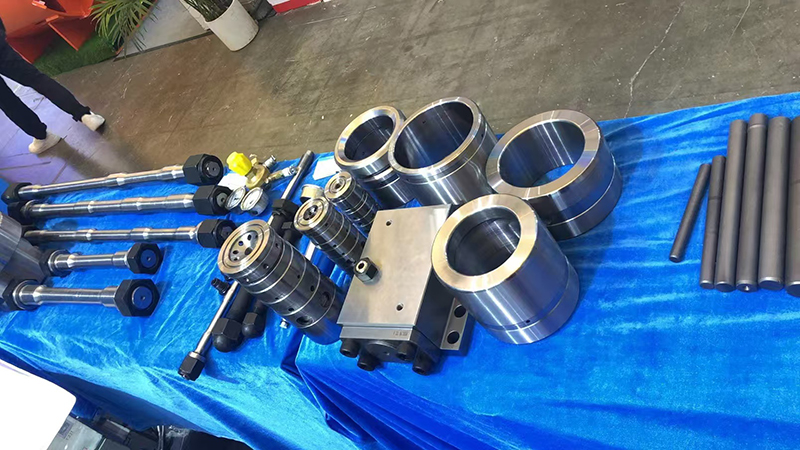
Hydraulic Breaker Parts Inspection Guide: The Key to Safe, Reliable, and Efficient Operation
2. Seals – Prevent Leaks, Preserve Power
Seals are small but vital to preventing hydraulic oil leaks and maintaining system pressure. If aging, hardness, or oil traces appear, seals should be replaced immediately. Before installation, apply clean hydraulic oil or specialized lubricant to the seal and contact surface. This reduces friction, ensures a tight fit, and extends the sealing life. Regularly check around seal areas for oil stains—an easy way to detect minor leaks early and avoid system pressure loss.
3. Other Components – Precision Matters
Components such as bushings, piston pins, front heads, diaphragm kits, and chisels all contribute to the breaker’s impact accuracy and durability. For example, the bushing ensures correct movement alignment between the piston and tool, while the oil seal and diaphragm control hydraulic pressure stability. During scheduled maintenance, visually inspect each part for wear, cracks, or unusual marks, and replace any component that no longer meets specification. Quality accessories guarantee high performance and reduce downtime.
4. Constant Care Ensures Long Service Life
Professional inspection of hydraulic breaker parts not only prevents premature failure but also improves operational efficiency and saves maintenance costs. Always use genuine, high‑grade components and follow the manufacturer’s maintenance intervals. Cleanliness and proper lubrication are key to protecting internal surfaces and hydraulic circuits.
In conclusion, the stability and efficiency of any hydraulic breaker depend on detailed and consistent parts inspection. By checking through bolts, seals, and other key accessories, operators can extend equipment life, ensure safety, and maintain peak performance on every job site. For expert support and genuine hydraulic breaker accessories, consult reputable manufacturers who provide reliable solutions and professional after‑sales service.
-
2025-10-01 17:33:50
Hydraulic Breaker Maintenance Guide: Extend Service Life and Improve Efficiency

